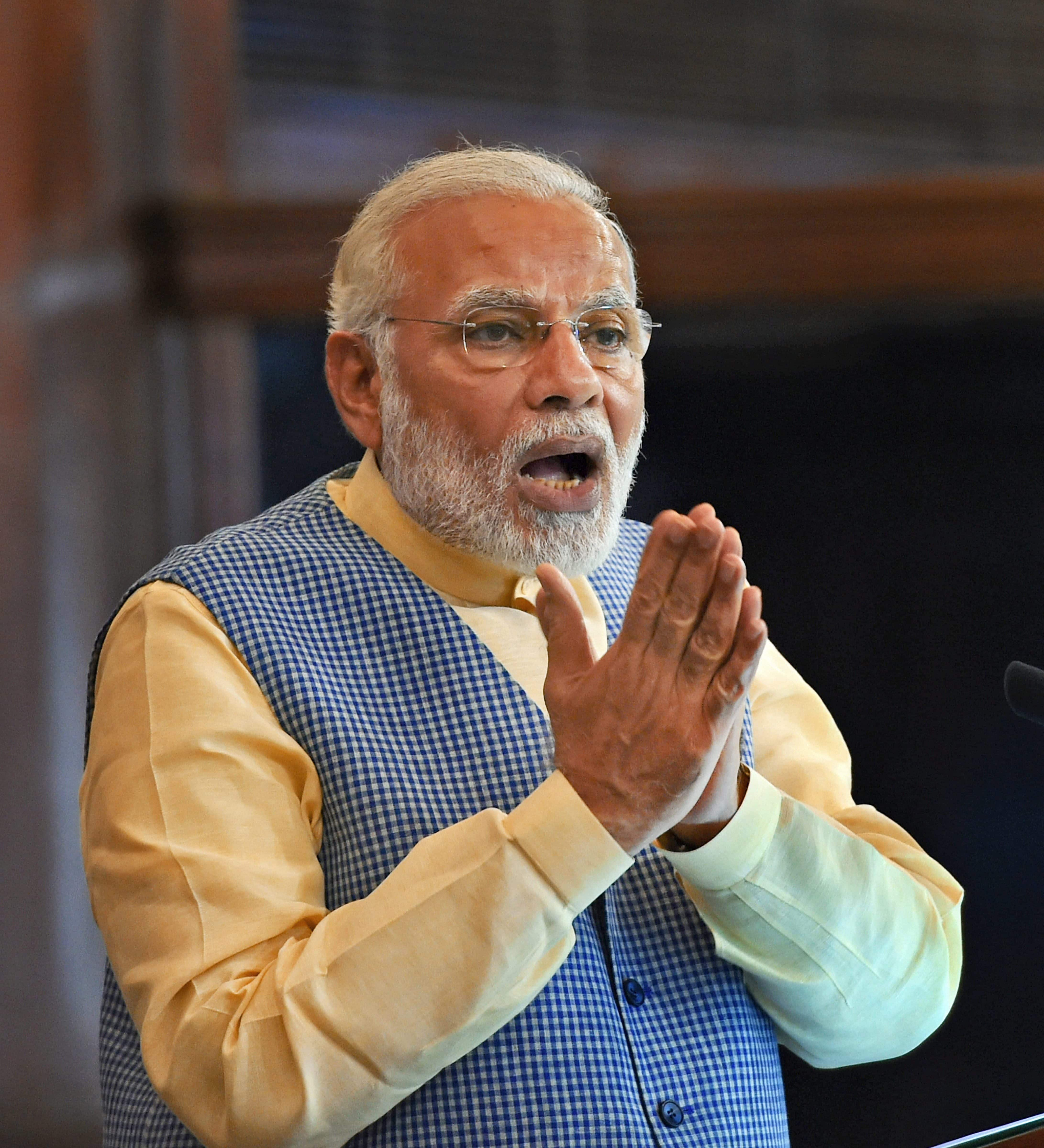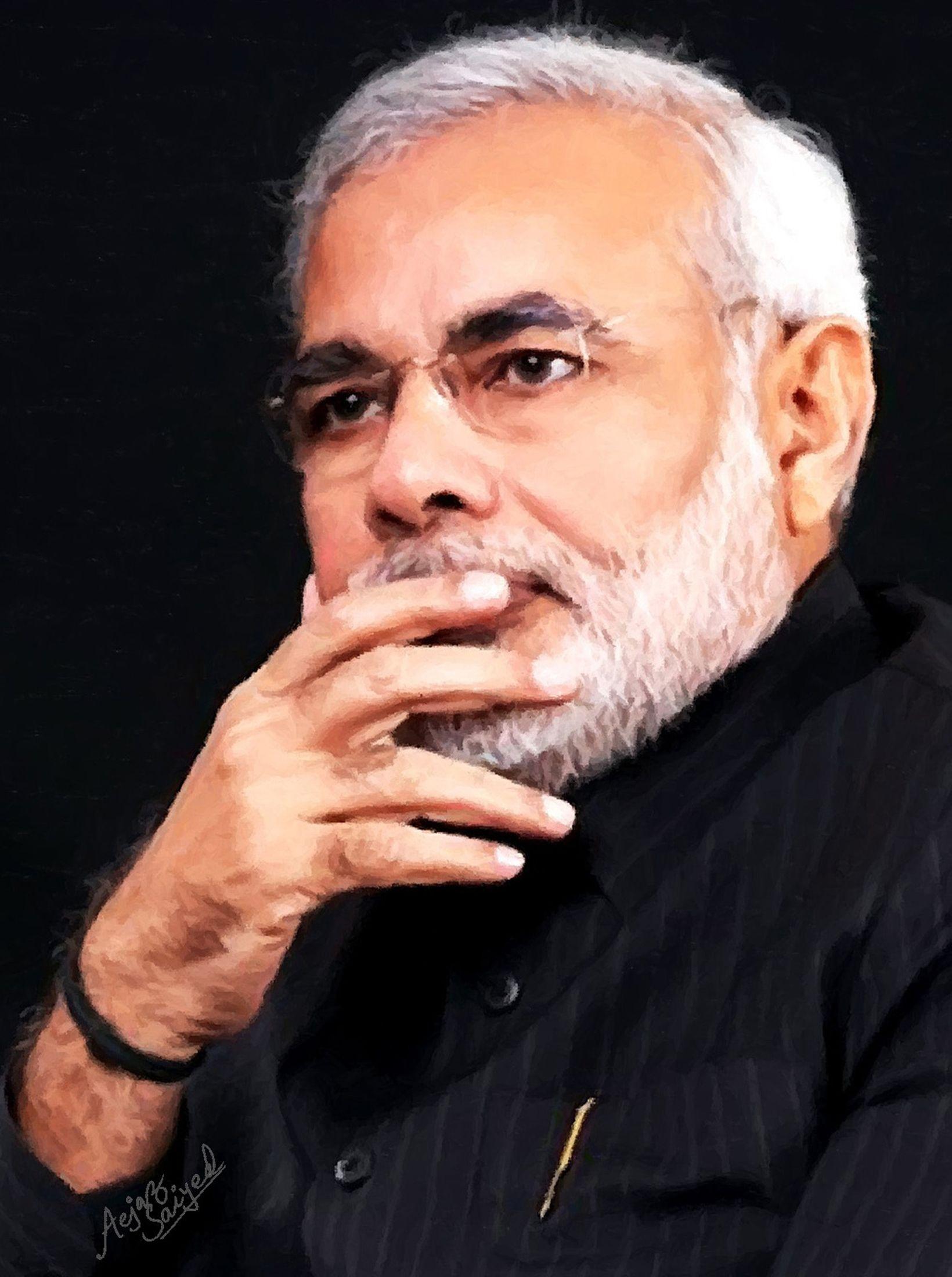Exploring The Public Interest Around Narendra Modi And Mansi Soni
There is, you know, a considerable amount of public interest that surrounds figures in high office, especially leaders like Narendra Modi. People are often curious about different parts of their lives, not just their political work. This kind of curiosity, it seems, can sometimes lead to questions about various connections or relationships, and one such query that has popped up for some is about "modi and mansi soni." It's quite natural, really, for folks to wonder about the people who shape a nation.
Narendra Damodardas Modi, as a matter of fact, has been the Prime Minister of India since 2014, a very significant role in the world. Before taking on this national leadership, he served as the Chief Minister of Gujarat from 2001 to 2014. He is, in a way, the 14th prime minister to hold this important position, and his public journey has certainly been one that many have watched closely.
This article aims, so, to look at the publicly available information concerning Narendra Modi's well-known political career and public life. We will also, you know, address the specific interest surrounding the phrase "modi and mansi soni," aiming to provide clarity based on what is generally known and reported in the public domain. It's about, basically, understanding what information is out there.
Table of Contents
- Narendra Modi: A Look at His Public Journey
- The Query: Narendra Modi and Mansi Soni
- Common Questions About Narendra Modi
- Keeping Up with Political Figures
Narendra Modi: A Look at His Public Journey
Biography and Political Path
Narendra Damodardas Modi, you know, came into the world on 17 September 1950. His path in public service began long before he took on the top job in the country. He served as the chief minister of Gujarat, a very important state, for a considerable period, from 2001 to 2014. This was, in some respects, a foundational time for his political career, allowing him to build a strong base and gain extensive governance experience.
It was in 2014 that he became the Prime Minister of India, a role he has held, really, since then. This marks him as the 14th person to serve in this capacity, guiding the nation's direction. His journey from state leadership to the national stage is, apparently, a story of consistent political engagement and rising influence, something many people follow closely.
Here is a quick look at some key details about him:
| Detail | Information |
|---|---|
| Full Name | Narendra Damodardas Modi |
| Born | 17 September 1950 |
| Current Role | Prime Minister of India |
| Term as PM | Since 2014 |
| Previous Role | Chief Minister of Gujarat (2001-2014) |
| Prime Minister Number | 14th |
Key Policies and Public Reception
During his time in office, Prime Minister Modi has, you know, introduced a range of policies. Some of these, particularly those linked to Hindu nationalist ideas, have stirred up quite a bit of discussion. They have, in a way, been viewed differently by various groups, both within India and outside its borders. This is, basically, a common aspect of leadership, where different viewpoints emerge.
His economic reforms have also, apparently, drawn a fair share of attention and debate. These changes, like any large-scale economic shifts, have brought about varying reactions. Some people see them as necessary steps for growth, while others have expressed concerns or criticisms. It's a very complex situation, as economic policies always are, touching many lives.
The sentiment among many voters is that things have, you know, changed under his leadership. This feeling about the state of affairs can be a mix of satisfaction and concerns, reflecting the diverse experiences of a large population. Public reception to policies and leadership is, therefore, often a very varied landscape, showing the different ways people experience governance.
Diplomatic Ties and Global Presence
Narendra Modi's time as prime minister has, you know, also been marked by his interactions on the global stage. A very notable connection was the friendliness observed between him and former U.S. President Donald Trump. Their relationship was, in a way, seen as quite unique, standing out from typical diplomatic bonds. This kind of personal rapport can, you know, shape international dynamics.
There was, for example, a time when PM Modi arrived in the U.S. from France. He was hosted by Trump for their initial bilateral talks after Trump began his second term. This kind of high-level meeting is, basically, a standard part of international relations, but the warmth between these two leaders was, you know, often highlighted. It shows how personal connections can sometimes play a part in global affairs.
He has also, you know, engaged with other world leaders, like discussing deepening ties with Russian President Vladimir Putin. This happened, apparently, amid some disagreements over Trump's tariff on Russian oil. Such discussions are, in a way, a constant part of managing a country's place in the world, dealing with various interests and challenges. It's a very delicate balance, really, to maintain these relationships.
Impactful Slogans and Public Connection
One aspect of Prime Minister Modi's public persona is, you know, his knack for creating memorable slogans. Over his decade in office, he has, it seems, coined several phrases that have really connected with large groups of people. These slogans, basically, become a way to communicate ideas and rally public sentiment. It's a very effective tool in political communication, you know.
These phrases have, in a way, become quite well-known and are often repeated. The ability to craft such impactful messages is, you know, a skill that can help a leader connect directly with the masses. It shows, apparently, a deep understanding of public sentiment and how to convey a vision in a simple, direct manner. This approach, you know, really resonates with many citizens.
The Query: Narendra Modi and Mansi Soni
Addressing Public Interest
When people search for "modi and mansi soni," it suggests a curiosity about a possible connection between the Prime Minister and someone with that name. It's important, you know, to look at what information is publicly available from reliable sources. As a matter of fact, based on widespread public records, credible news reports, and official statements, there is no known or reported public association between Narendra Modi and a person named Mansi Soni. This is, basically, a point of clarity for those seeking information.
Public figures, especially those in very high government positions, often become the subject of various kinds of public interest. This can, you know, sometimes lead to queries or discussions about their personal lives, family, or other connections, even if those connections are not publicly documented or verified. It's a very common aspect of being a prominent personality, really, where people want to know more about everything.
The scrutiny over a public figure's life can, you know, sometimes include questions that don't have a basis in publicly verifiable facts. For queries like "modi and mansi soni," it appears there is no public information that links the Prime Minister to an individual by that name. This is, you know, a key point to understand when looking into such specific searches. It's about, basically, separating public record from general curiosity.
Understanding Information Dissemination
In today's very connected world, information spreads, you know, incredibly fast. This rapid sharing means that questions or rumors, even those without a clear factual basis, can sometimes gain traction. It's, you know, just how things work when so many people are online and sharing thoughts. This is, in a way, why it's so important to think about where information comes from.
For any query about public figures, especially those in leadership roles, it's always a good idea, you know, to rely on established news organizations and official government channels for facts. These sources typically have processes in place to verify information before it is published. This approach helps, you know, ensure that what you are reading or hearing is accurate and grounded in reality. It's a very sensible way, really, to stay informed.
When a name like "Mansi Soni" is linked to a prominent figure like Narendra Modi in a search query, and there's no public evidence to support it, it often means the query stems from curiosity rather than established fact. It's, you know, just how information can sometimes circulate without a clear origin. So, it's always, you know, wise to check for reliable confirmation, as a matter of fact, before drawing conclusions.
Common Questions About Narendra Modi
Frequently Asked Questions
Here are some questions that people often ask about Narendra Modi, based on common public interest:
Q1: What is Narendra Modi's full name and birth date?
A1: His full name is Narendra Damodardas Modi, and he was born on 17 September 1950. This is, you know, publicly known information about his identity.
Q2: When did Narendra Modi become Prime Minister of India?
A2: He took office as the Prime Minister of India in 2014. He has, you know, served in this role since that time, leading the country. It's been, basically, a significant period.
Q3: Has Narendra Modi faced any controversies during his time in office?
A3: Yes, some of his Hindu nationalist policies and certain economic reforms have, you know, proved controversial to many people, both within and outside India. This is, in a way, a part of his public record.
Keeping Up with Political Figures
Understanding leaders like Narendra Modi involves, you know, paying attention to their public actions and policies, which are often widely reported. It's about, basically, staying informed through reliable avenues. When specific questions arise, such as the interest around "modi and mansi soni," it's very helpful to seek clarity from sources that are known for their accuracy. You can learn more about Narendra Modi's political journey on our site.
The public's interest in figures who hold such important positions is, you know, quite understandable. People want to know about the individuals who make big decisions that affect many lives. Maintaining a clear view of public figures means, essentially, looking for facts and understanding the difference between public record and general curiosity. It's a really good habit to develop, you know, for any engaged citizen.
So, to get a good grasp of the people in power, it's always a good idea to consult official government sources or well-regarded news organizations. This helps ensure that the information you get is, you know, trustworthy and factual. It's a simple way, really, to stay grounded in reality when so much information is out there. You might also explore other aspects of Indian governance here.
- Caesars Property Map
- What Is Daily Mail
- North Hills Aaa
- Who Playsally In The Nightmare Before Christmas
- La Catrina Mexican Grill

Modi / Plea to PM Narendra Modi for Gandhi session : However, there is

Great Thinkers Of World: NARENDRA MODI BIOGRAPHY/ jiwani

Narendra Modi Wallpapers - Top Những Hình Ảnh Đẹp